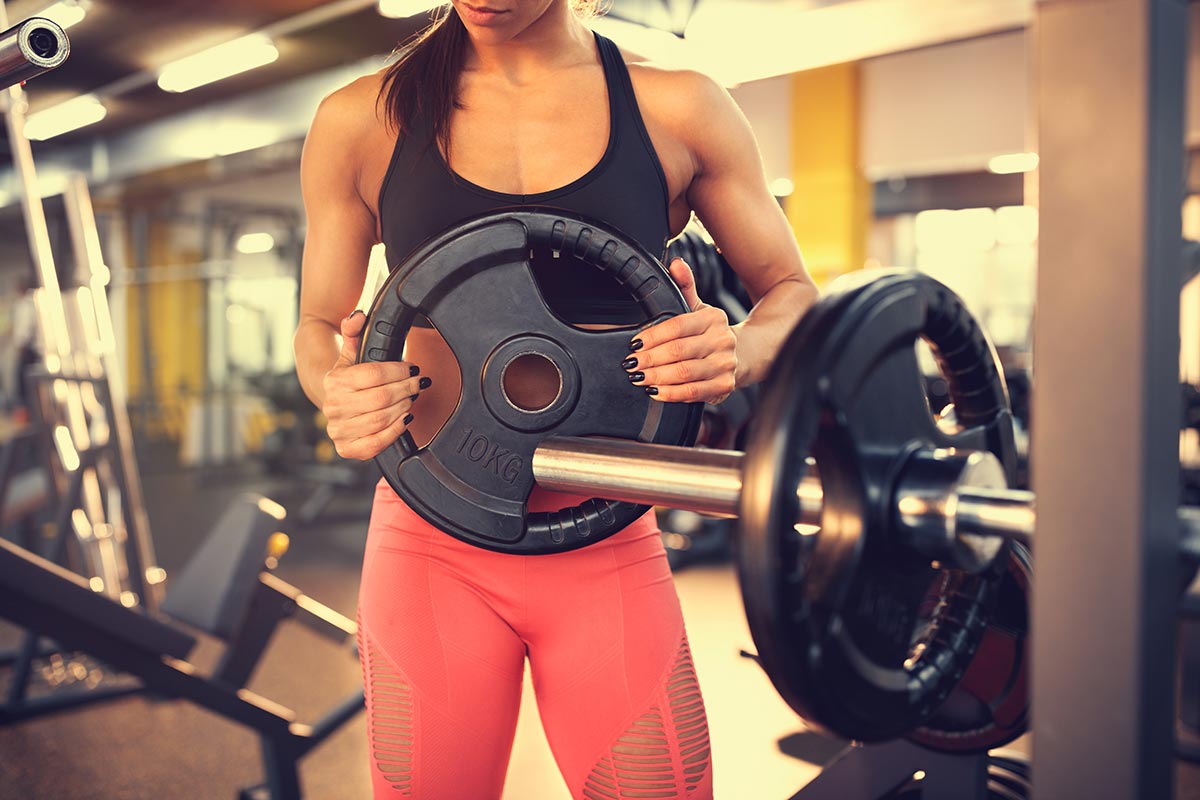

By: Bailey Lutz, DPT
The bench press is a staple exercise in most people’s exercise program. Overall, it is a great movement not only for the upper extremities but can also be a full body workout when done properly. In this article I will discuss 5 ways to improve your bench press.

The simplest of the recommendations is to simply bench more. A lot of people who go to the gym are only benching 1x a week, and only doing one heavy set. Do not get me wrong, benching 1x a week will help most beginners improve their numbers, however, once you have been lifting for a couple of months, and your numbers are plateauing, my first recommendation would be to simply bench more. You can do this in many ways. You could increase the volume on a given day (more sets at your heavy weight), or the frequency of how many times you bench throughout the week (2x or 3x instead of 1x). When doing this you do not want to dramatically increase your volume, however. Instead, gradually build it up over a couple of weeks to reduce chances of injury.
The next recommendation is to make sure you are using proper form while benching. The main reason to make sure you are using proper form is to improve your efficiency during the lift, and in turn make the lift easier
The Lift
Leg drive is a part of the recommendation above, however, I chose to make it its own category because it is very important and slightly more nuanced compared to the other cues. So, what is leg drive? To sum it up it is when you use your legs to provide extra force during the lift. It will also help you maintain your upper back position and increase the stability and stiffness of the torso in general, which allows for greater levels of strength/power. To perform the leg drive you will first need to get in the correct position. As mentioned up above you will lock your back into the bench, curl your legs underneath you with feet flat on the ground, and tighten your core, back, hips, glutes, and legs. Finally, to perform the technique you will extend your knees into the ground while pushing the bar off your chest during the concentric (ascent) portion of the lift, making sure you keep your butt on the bench during the movement. Overall, this is definitely easier said than done. It will take practice, but once you learn how, it will come naturally.
The next recommendation is to include different variations of the bench press into your program. These include changing your grip width, angle of incline/decline, and amounts of repetitions in a given set. Since you will be benching more frequently throughout the week you can do a different variation each day. With any new variation, or when you are lifting near your max weight in general, it is a common rule to have a spotter with you just in case you fail the lift and need help for safety reasons. Furthermore, most gyms require you to place clips on the ends of the barbells to lift. However, if you are alone, I would actually recommend the opposite, so you are able to dump the weight if needed. You can also bench in a squat rack with the safety pins at a level where if you were to fail you’d be able to slide out under the bar and not be pinned by it.
The final recommendation is to include accessories into your program. These are an important part in improving your capacity to lift more. The successful bench press is the culmination of several different muscle groups working in concert. They include tricep, chest, and shoulder muscle groups and focusing on these muscle groups in isolation will improve the bench press performance. I would also recommend implementing a full body regimen to improve your bench as well. Working out your legs will have a huge carry over for the bench press, especially once you learn how to use leg drive efficiently. Addressing these accessory muscles are also associated with reduction in injury rates, including rotator cuff tear.
Even with all the recommendations up above you will still need proper programming if you plan on making long term and consistent gains. There are many different programs out there with some being better than others. If you are starting out, I would recommend following a linear progression. This focuses on both volume and intensity. You start off with a weight you can easily do for 5 sets of 5 reps, and then you add 5 lbs to the bar each day you bench until you plateau. On average this usually lasts a couple of months.
After plateauing from the linear progression, you have multiple options for the next program to run. Examples could be a 5-3-1 program or the Bridge program through Barbell Medicine. These provide more variability to your program and are natural progressions after running a linear progression.
Overall, this article is a great starting point. However, if you want more after running the programs up above, or you need more guidance in general, I’d recommend visiting a CAO location near you. Our therapists are available to help you meet your goals. Schedule your appointment today.